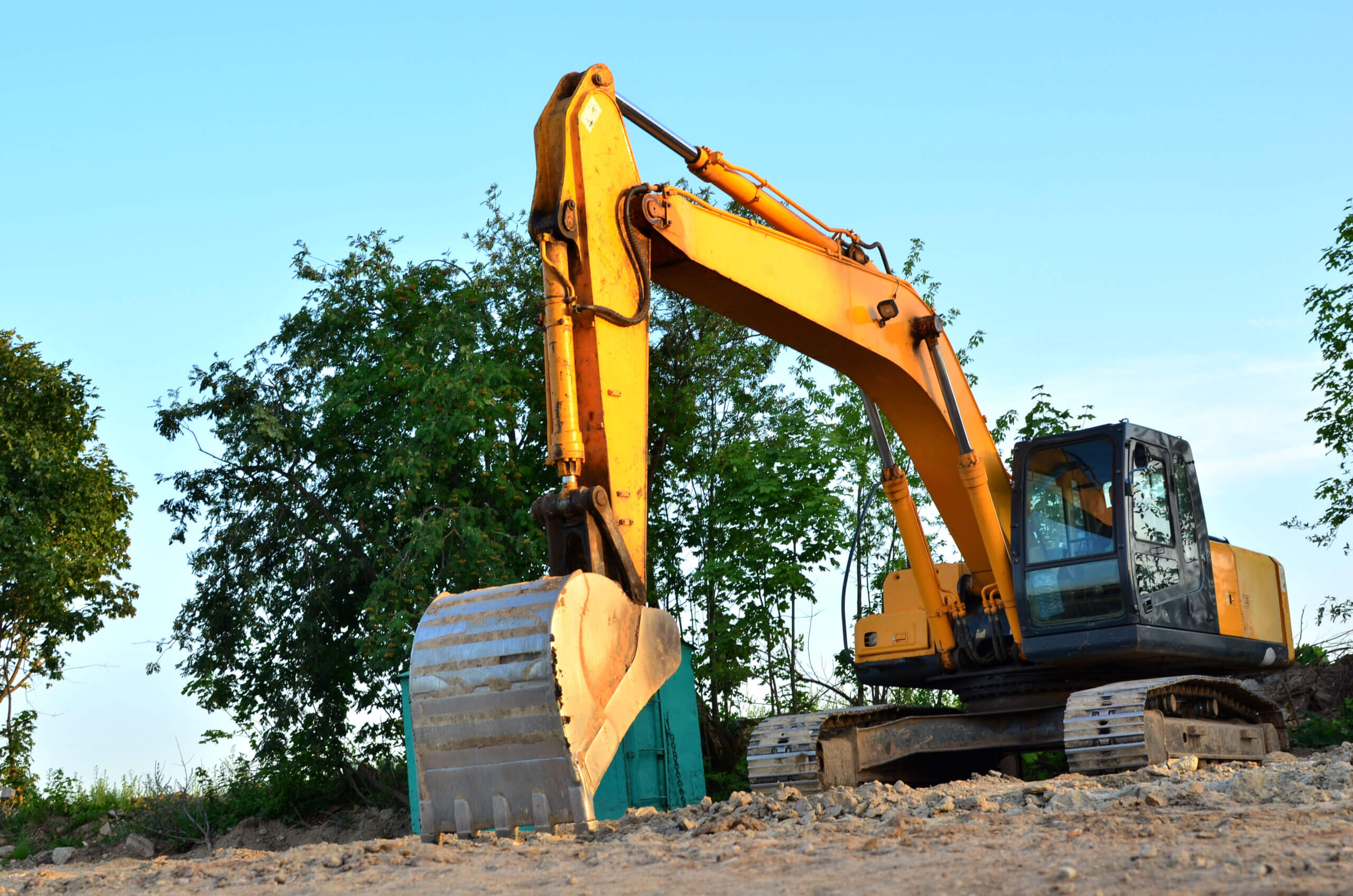
Demolition is more than just tearing down a building—it’s a carefully coordinated process that starts with the right groundwork. Excavation for demolition is a critical first step that ensures the entire project runs safely, efficiently, and within compliance. Whether you’re dealing with residential structures, commercial buildings, or industrial sites, excavation sets the stage for a successful and hazard-free demolition.
What Is Excavation in Demolition?
Excavation in the context of demolition involves the removal of soil, debris, underground structures, and utilities to prepare a site for demolition activities. It includes digging, grading, and site clearing—sometimes even before the wrecking ball swings or heavy machinery rolls in.
This phase is essential for:
- Exposing and safely removing underground utilities (gas, water, electrical)
- Creating access for demolition equipment
- Stabilizing or grading the land
- Removing or relocating debris and materials from past construction
- Preventing structural collapses or ground instability
Without proper excavation, a demolition site can become dangerous, unpredictable, and prone to costly delays.
Why Excavation Is Crucial for Demolition Projects
1. Safety First
The primary goal of excavation is to ensure that the demolition process does not endanger workers, nearby structures, or the environment. Unmarked utilities, unstable foundations, or unexpected underground elements can create serious hazards. Excavation helps reveal and address these issues in advance.
2. Efficient Equipment Operation
Heavy machinery like excavators, bulldozers, and loaders need solid, level ground to operate safely and efficiently. Excavation prepares access roads, clears obstructions, and provides a smooth terrain for the machines to move freely and perform demolition without risk.
3. Environmental Compliance
Excavation teams are responsible for managing hazardous materials and ensuring compliance with environmental regulations. This includes handling asbestos, underground tanks, and contaminated soil in accordance with local, state, and federal guidelines.
4. Site Preparation for Future Projects
Excavation doesn’t end with demolition. A well-excavated site is easier to redevelop, whether the plan is to build new structures, install utilities, or landscape the area. Proper grading and soil management now can save time and money down the line.
The Excavation Process for Demolition
- Site Assessment: Engineers and excavation experts evaluate the terrain, structure, and potential underground obstacles.
- Utility Marking and Disconnects: All underground utilities are located, marked, and safely disconnected.
- Clearing and Grubbing: Removal of trees, brush, old pavement, and debris to open up the site.
- Excavation and Trenching: Earth is moved to expose foundations, footings, and underground features.
- Soil Testing and Stabilization: Ensures the ground is stable for demolition equipment and future construction.
- Hauling and Disposal: Excavated materials and debris are hauled away according to legal and environmental standards.
Final Thoughts
Excavation is the unsung hero of any successful demolition project. It creates a safe, stable, and well-prepared site that minimizes risk and paves the way for efficient demolition and future development. If you’re planning a tear-down, hiring experienced excavation professionals is your first—and most important—step.